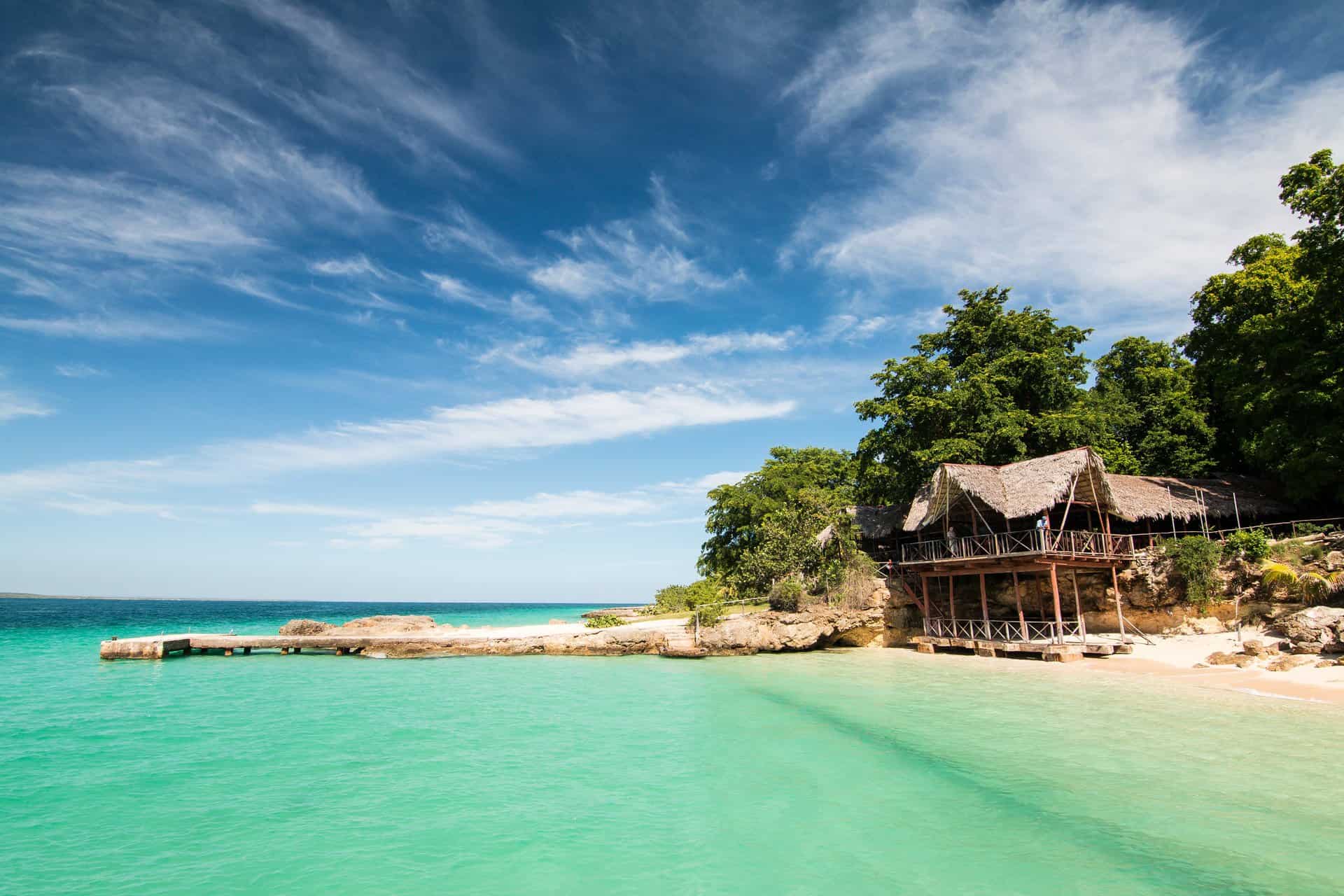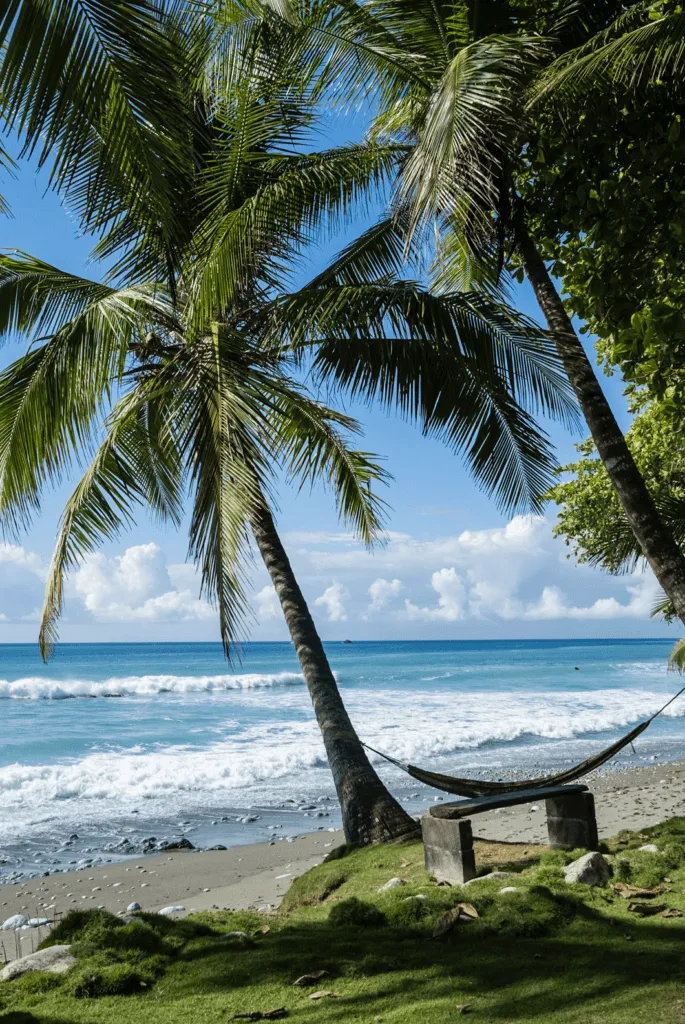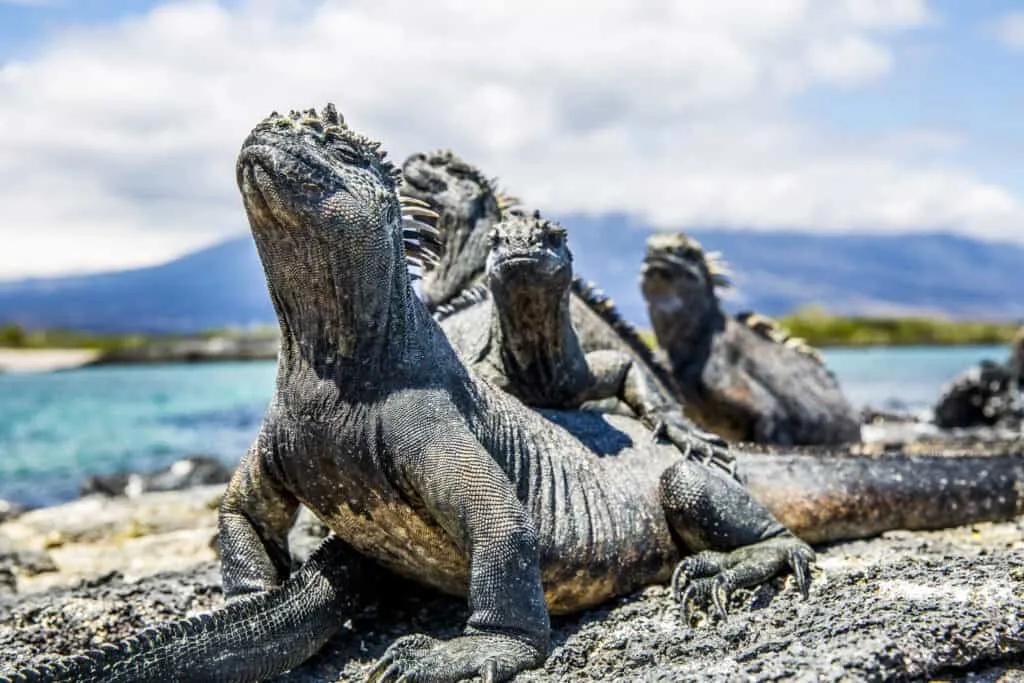
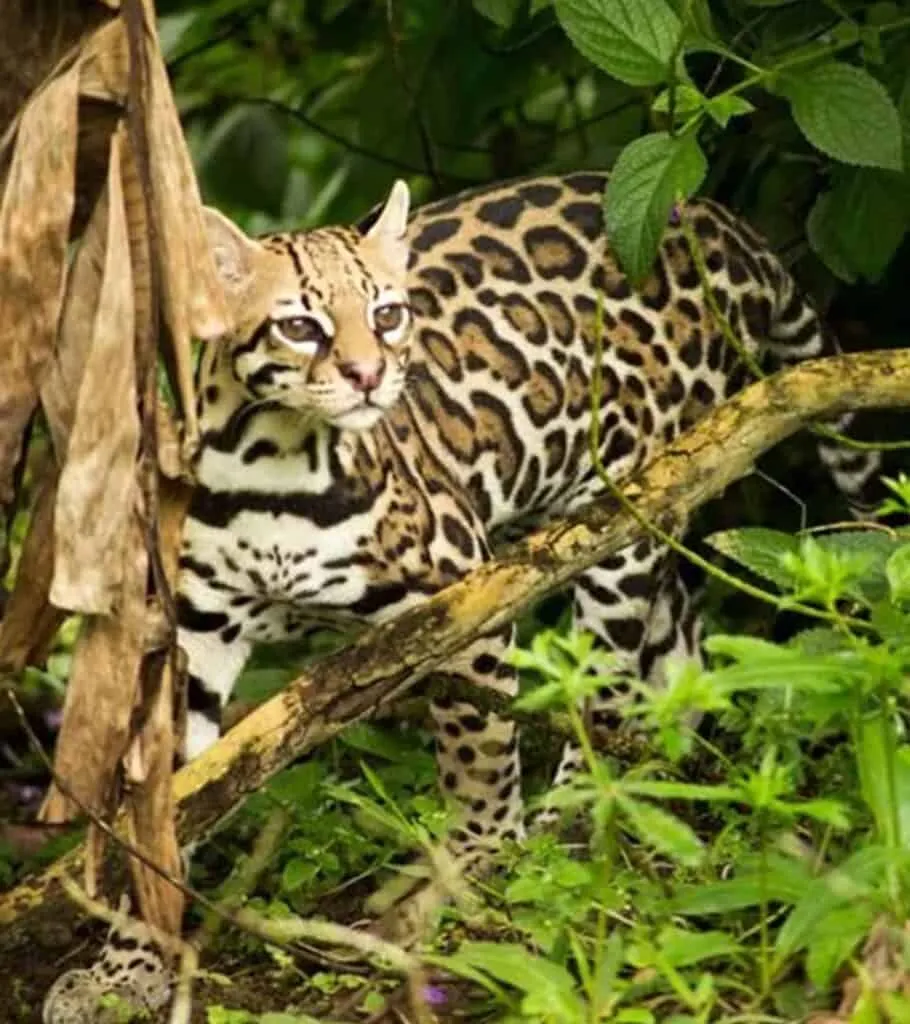
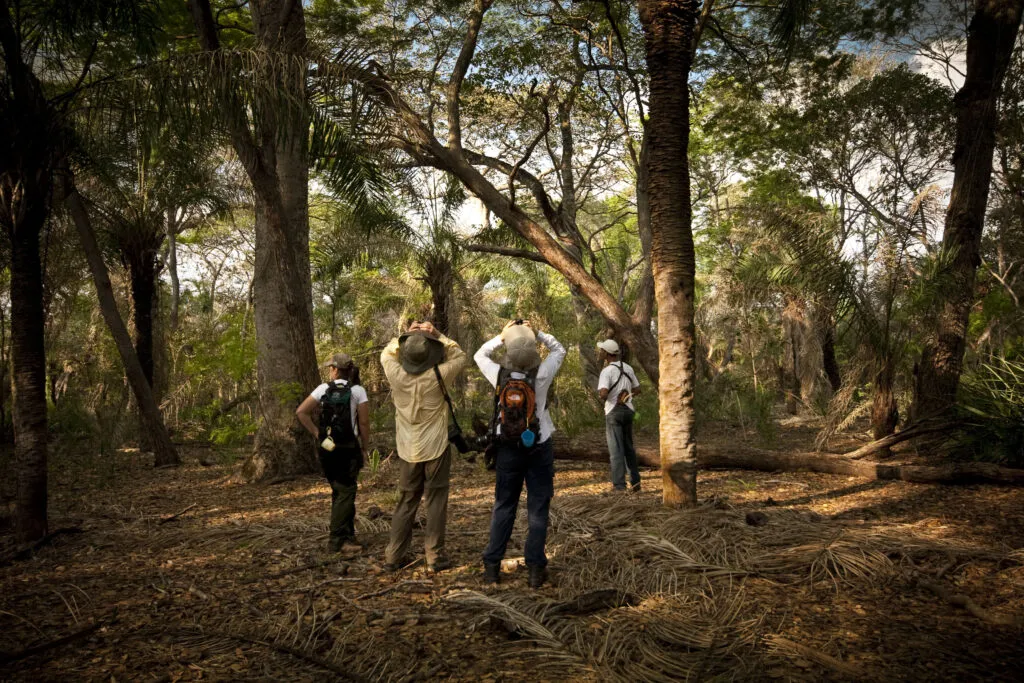
From the volcanic shores of the Galapagos to the icy waters of Patagonia, Latin America offers some of the most extraordinary wildlife encounters on the planet.
This is a region where pumas roam freely outside your window, where sloths doze in the jungle canopy, and where the world’s largest wetlands teem with life.
Below, we share our favourite ways to explore Latin America’s wild side – properly, with expert naturalist guides, private charters, and lodges that place you right at the edge of the action.
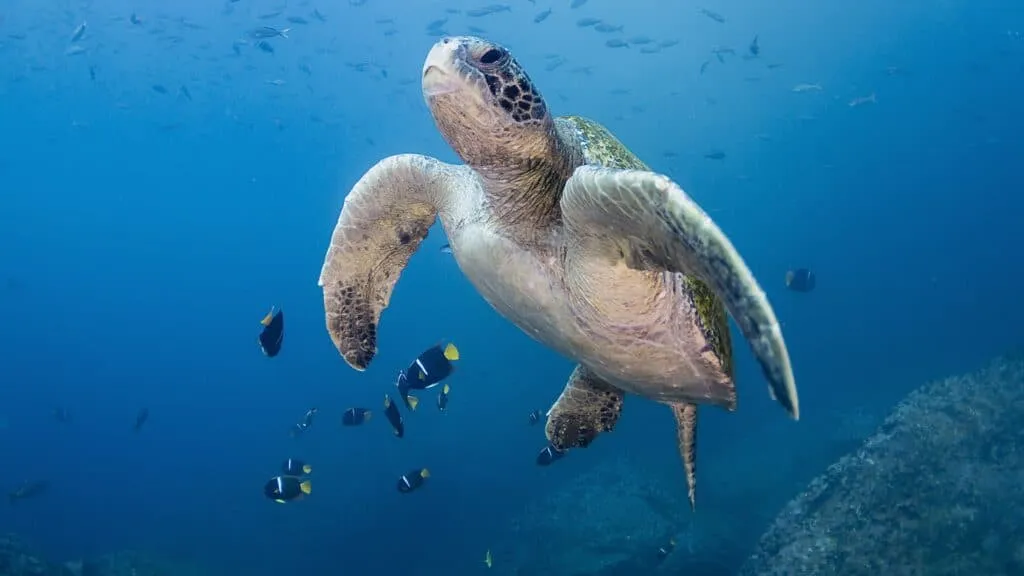
1. Snorkel with sea lions and turtles in the Galapagos
Six hundred miles off Ecuador’s coast, the Galapagos remain one of the world’s most remarkable wildlife frontiers. Sea lions sprawl across beaches, iguanas bake on black lava, and giant tortoises roam the highlands. In the water, green turtles drift past at arm’s length, while blue-footed boobies dive headlong into shoals of fish.
Stay aboard Origin & Theory, two of our favourite small-scale expedition yachts, with first-rate naturalists leading daily wildlife experiences and island landings. Back on land, Galapagos Safari Camp on Santa Cruz has a top-notch wildlife expedition program with daily expeditions by boat, returning to dry land each day.
Wildlife encounters take place year-round, from nesting birds to migrating whale sharks – April is particularly lovely for its warm, clear seas and rich marine life sightings.
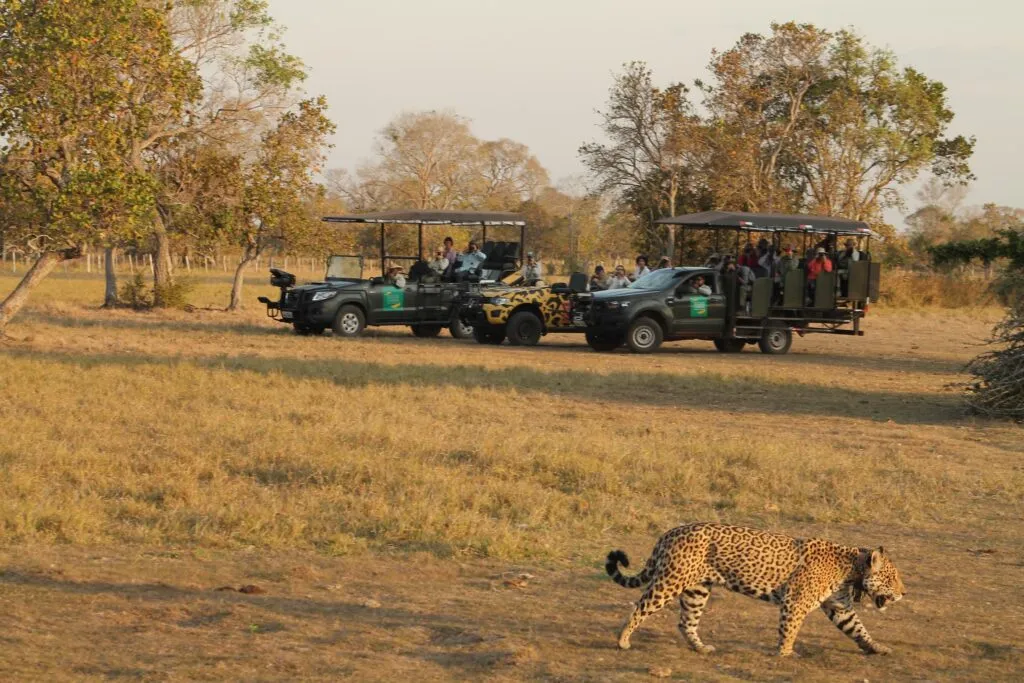
2. Track jaguars in the Pantanal
The vast wetlands of Brazil’s Pantanal are home to a staggering variety of wildlife, from jaguars and alligators to the imperilled hyacinth macaw. Travelling between May and September (dry season) is best to observe the wildlife when the waters recede.
Caiman Lodge, a private reserve and research hub at the forefront of jaguar conservation, offers the best chance to spot the elusive jaguar with an expert guide, along with canoeing and horseback riding expeditions with local naturalists, seeing mammals moving in to graze on the fresh pastures and birds flocking in to feast on the remaining fish.
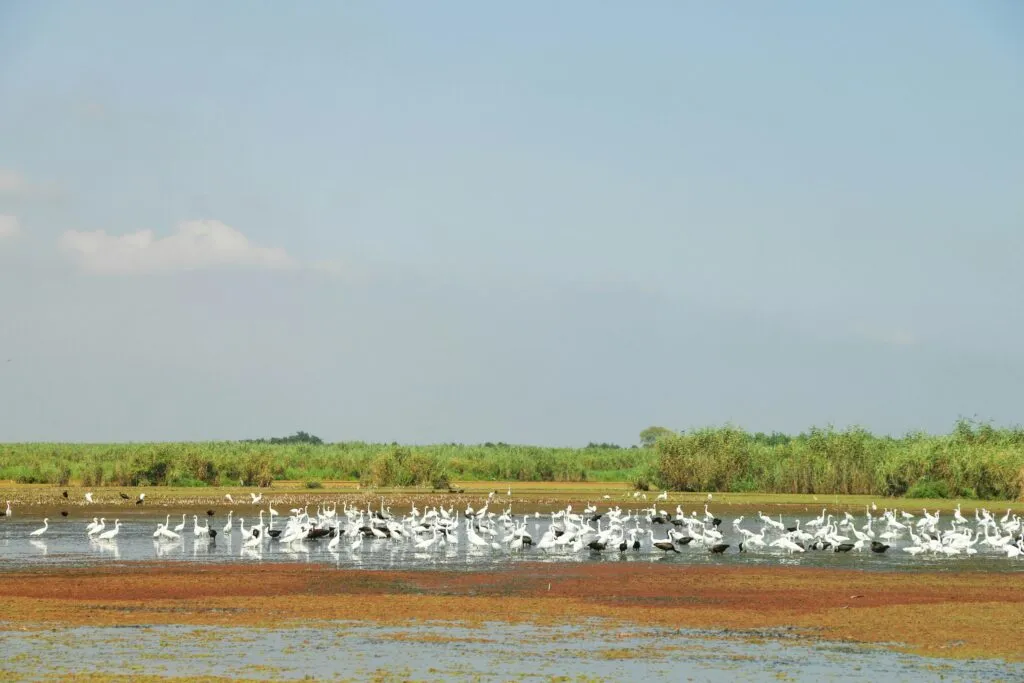
3. Birding and rewilding in the Ibera Wetlands
The Iberá Wetlands cover more than a million hectares of lagoons, marshes and savannah, and are one of South America’s great conservation success stories. Once drained for cattle ranching, the area has been restored as a haven for caiman, capybara, giant anteaters, otters and over 350 bird species, from jabiru storks to roseate spoonbills.
Paddle across lagoons and horse ride through the wetlands taking in the patchwork of exotic birds as they swoop through the reeds, with a mesmerising chorus of birdsong. In the evening, relax into a peaceful way of life at a traditional lodge like Puerto Valle, set on the Paraná river with access to private guides and direct entry into Iberá’s northern wetlands.
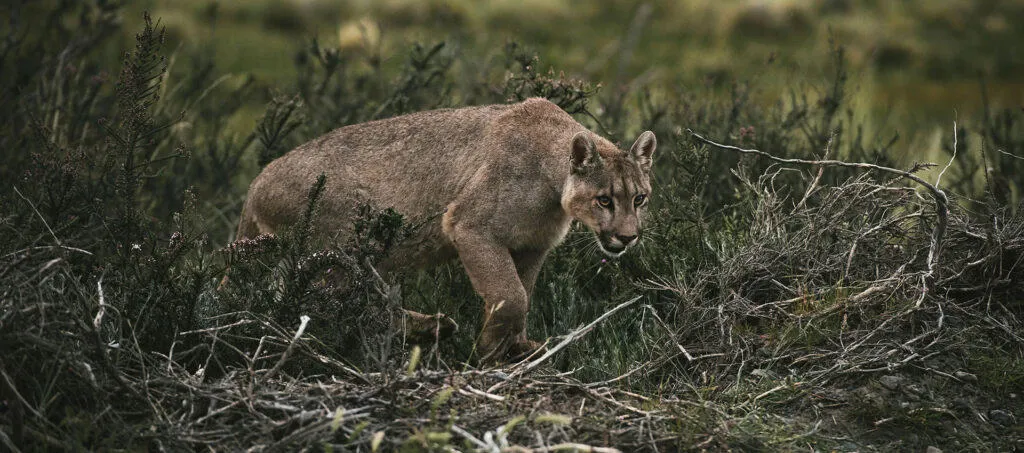
4. Track pumas in Patagonia
The windswept steppe around Torres del Paine is one of the few places on earth where pumas can be seen with such frequency. Conservation efforts have allowed their numbers to rebound, and sightings of these powerful cats are now common, often at surprisingly close range. You can explore with a private guide and 4×4, and take part in excursions with scientists and researchers to observe a range of species in their natural habitat, including puma tracking and monitoring hidden cameras traps.
At the heart of local conservation efforts work is Awasi Patagonia, a collection of private villas overlooking the national park. The lodge established the Awasi Puma Foundation to protect both cats and prey species, and behavioural patterns of native species and plotting wildlife movements in rural Patagonia. Pumas are uninhibited around Awasi’s secluded lodge, often passing by guests’ villas on their way back from hunting at night.
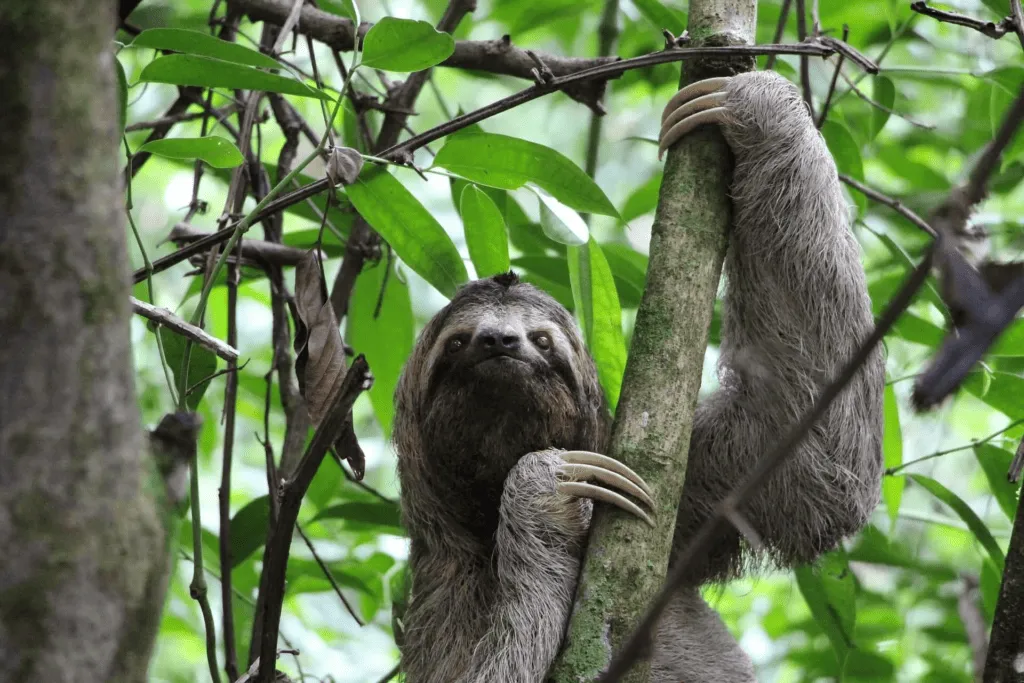
5. Spot sloths and monkeys in Costa Rica
The Osa Peninsula is home to an astonishing concentration of species: five percent of the world’s total, all located within a slim finger of rainforest that runs into the Pacific. At the forest’s edge sits Copa de Arbol. Spend your days heading out with naturalists to hike primary forest trails, spot exotic birds, kayak through mangrove channels and explore the gulf by private boat. Back at the lodge, dinner is accompanied by cicadas, frogs, and the rustle of monkeys in the treetops.
For a different take on Costa Rica, don your khaki attire and venture out on a wildlife retreat in the outback. Hacienda Montezuma provides a home to a range of rescued animals, including pumas, jaguars, sloths, manigordos, and 4 types of monkeys. Witness these creatures in their natural habitat as you explore the 5000 acre farm on horseback in the company of indomitable host and landowner, Floriana Acosta.
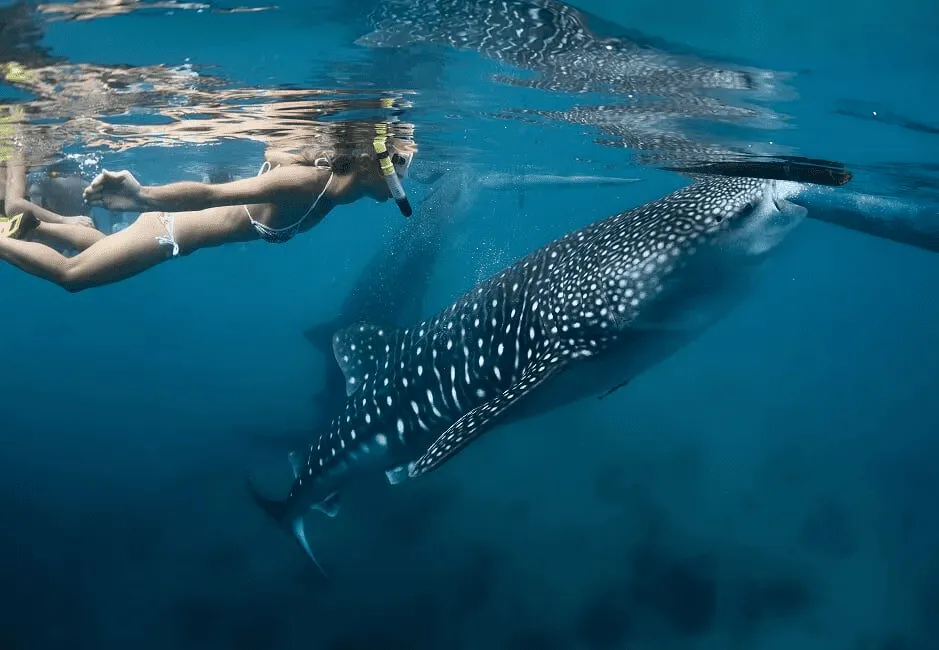
6. Swim with whale sharks in Mexico
Isla Holbox just off the Caribbean coast of Mexico is a rustic beach paradise, perfectly located for swimming with whale sharks from June to September. Best experienced aboard a private yacht charter, allowing complete freedom over the pace and direction of your excursion; guides steer you into the quieter channels, where whale sharks and manta rays feed in abundance.
Holbox itself retains the air of a bohemian fishing village, with sandy streets and low-slung houses painted in vivid murals. Between boat outings, bed down at at Ser Casasandra, an intimate retreat created by Cuban artist Sandra Pérez Lozano. Expect art, poetry and island living, with a collection of airy rooms and a small private stretch of beach.
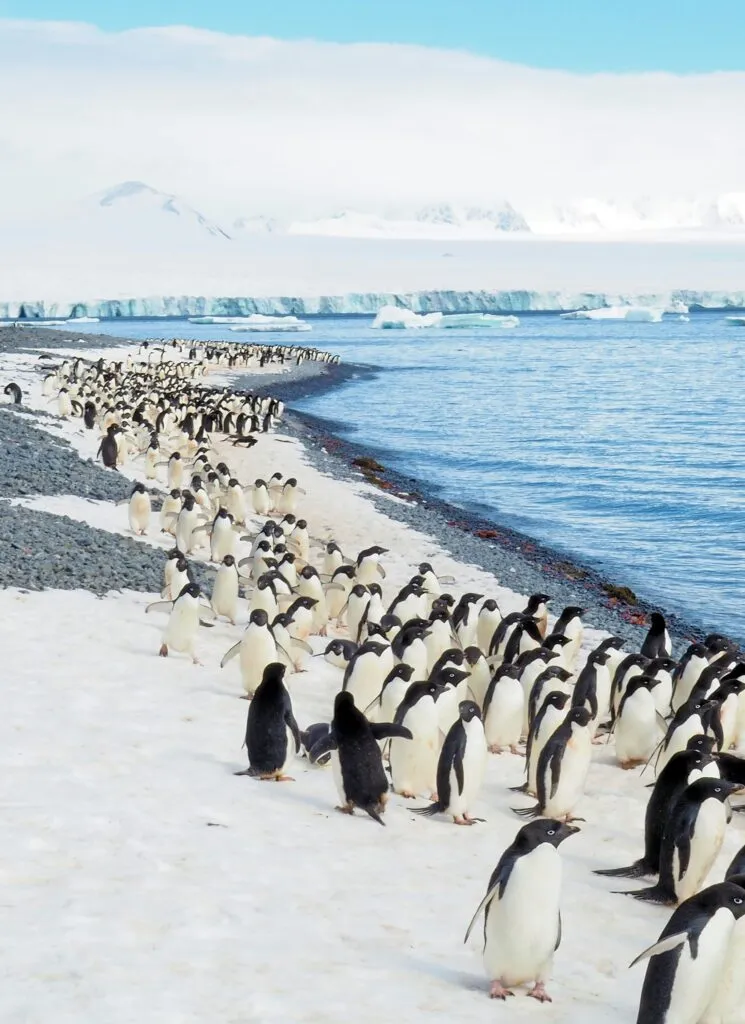
7. Walk with Penguins in Antarctica
The polar south may be the most remote and spectacular destination on this list. From December to February, Antarctica offers extraordinary access to vast penguin colonies, elephant seals, humpback whales and albatross.
Travel aboard one of our hand-picked expedition ships and explore by kayak or Zodiac. Paddle past towering icebergs on the lookout for seals, walk the peninsula shores that are covered with thousands of penguins, or take in the wildlife from the observation deck back on board. The adventurous can even ski across frozen terrain where few humans – but more than a few penguins – have set foot!
—
These encounters are only a fraction of what Latin America holds. From condors soaring above Andean cliffs to turtle hatchlings dashing to the ocean, the region is one of the world’s greatest wildlife frontiers. At Plan South America, we work with scientists, conservationists and local naturalists to design bespoke wildlife journeys that open doors to places few ever reach – always with a lighter footprint.
Start planning your tailor-made wildlife adventureRelated Stories
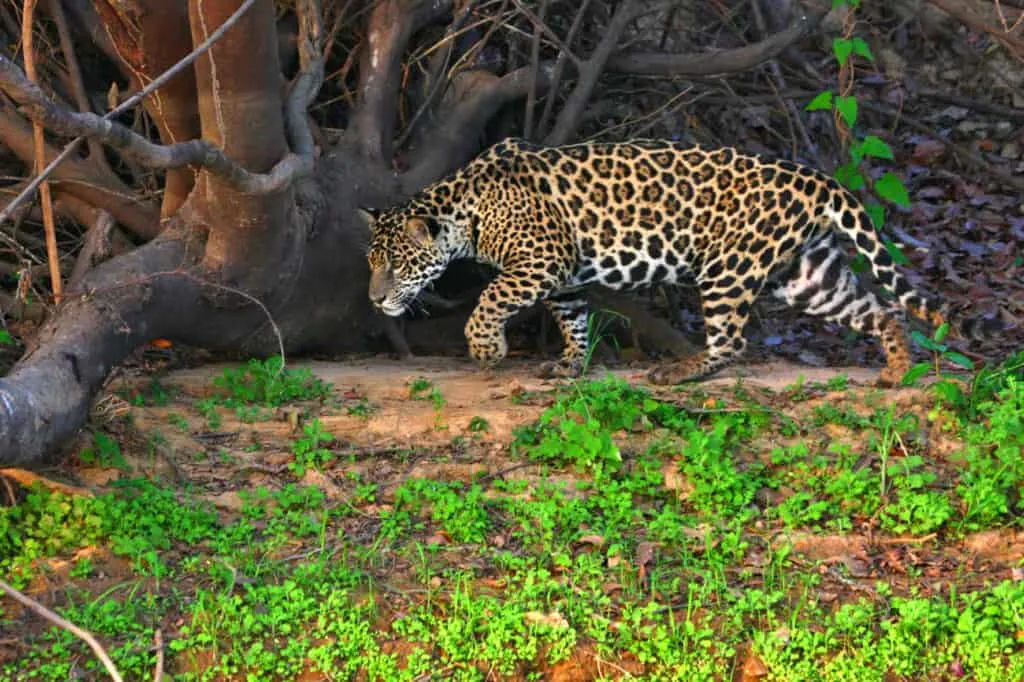
Jaguar Tracking in the Pantanal
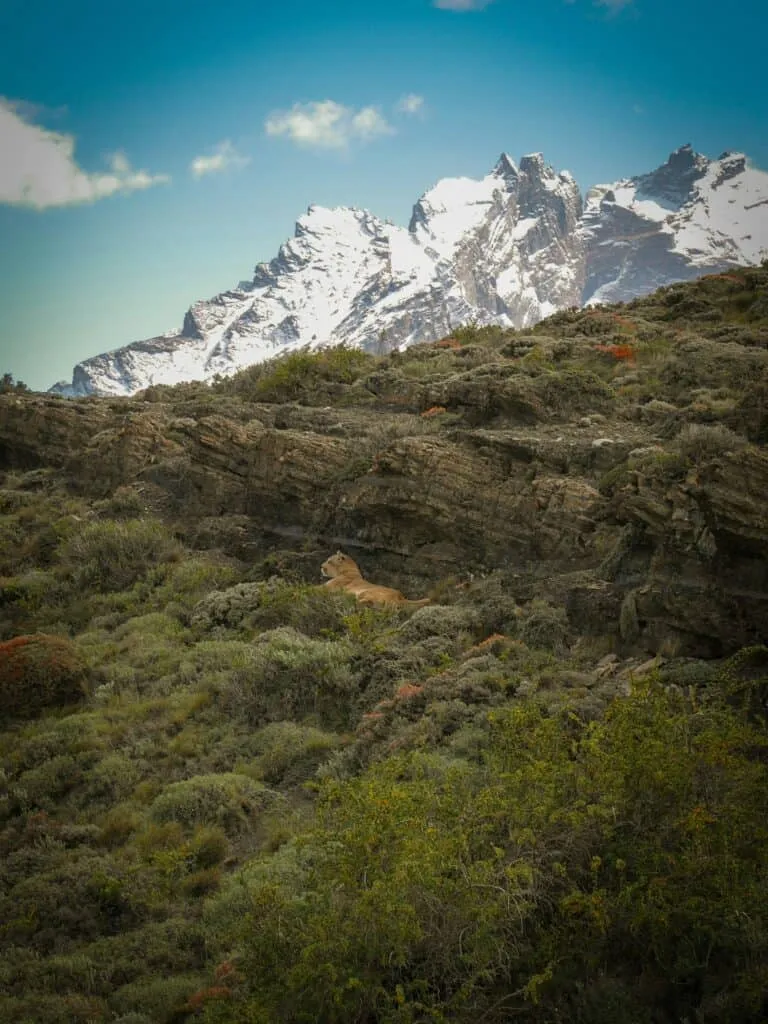
Puma Tracking in Patagonia: The Insider’s Guide
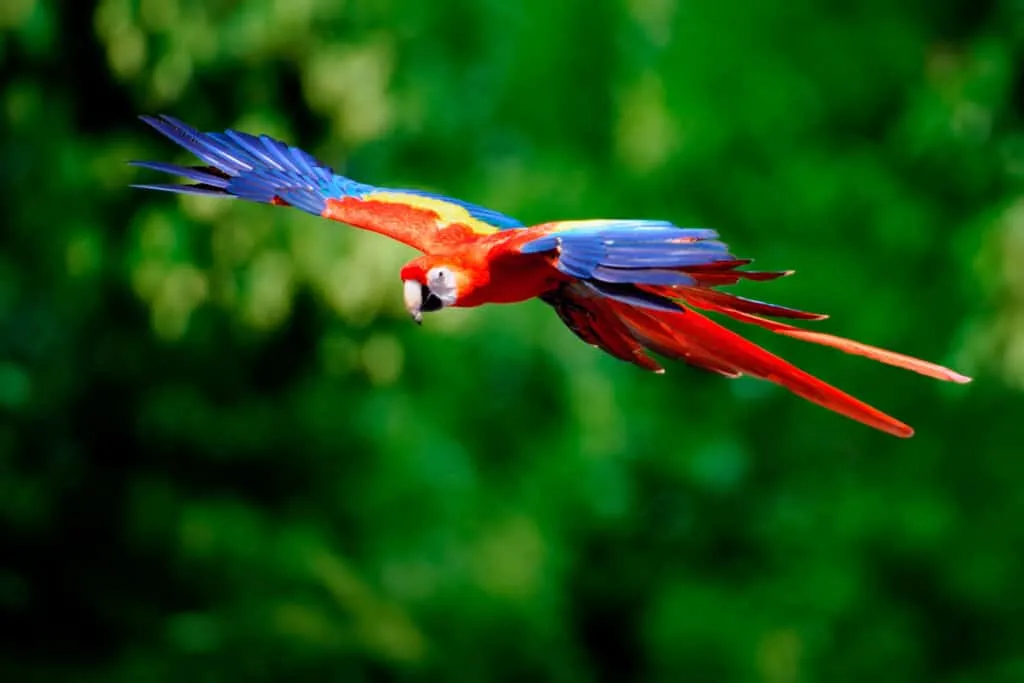
Birding In South America
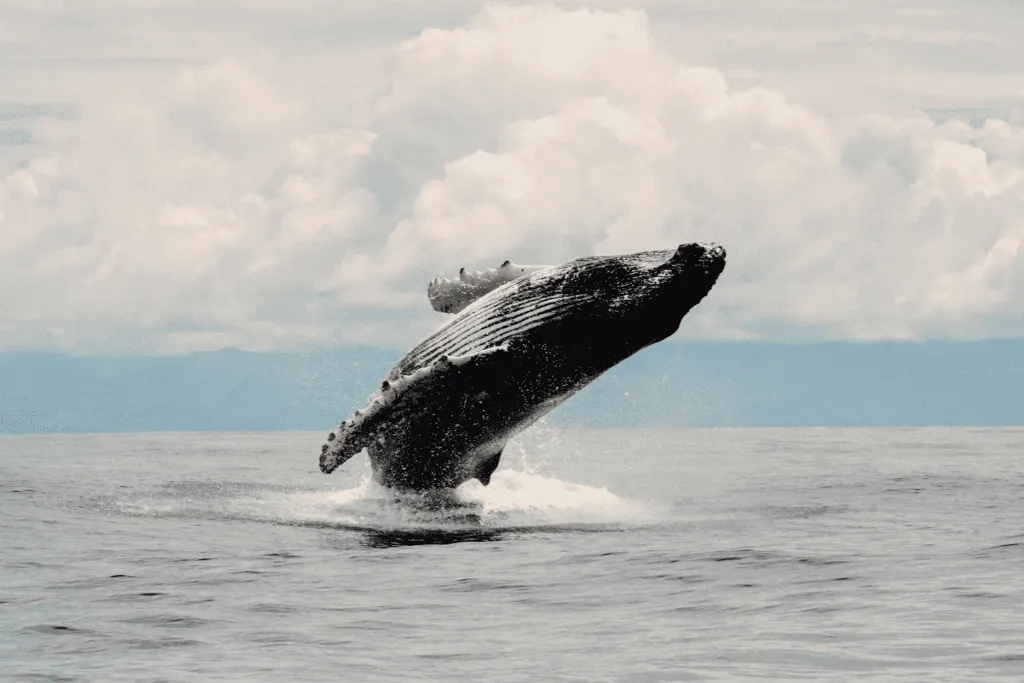
A Guide to Where to See Wildlife in Mexico
@plansouthamerica
